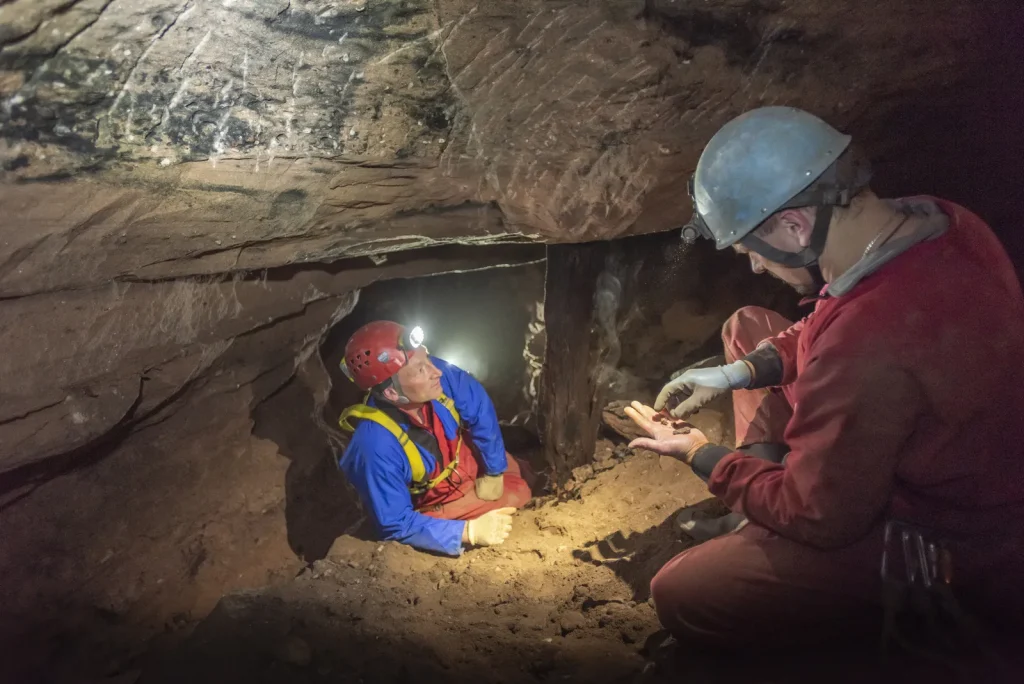A Brief History of Mining: Earth Systems
Mining has been an integral part of human civilization for thousands of years, serving as the backbone of economic development and technological advancement. From the early extraction of minerals and metals to the modern-day practices that prioritize sustainability, the history of mining reflects humanity’s evolving relationship with the Earth. This article explores the major milestones in mining history, the environmental impact of mining activities, and the innovations that shape the industry today.
The Early Beginnings of Mining
Prehistoric Mining
The origins of mining can be traced back to prehistoric times, where early humans extracted stones and minerals for tools and weapons. The use of flint, a hard sedimentary rock, dates back to around 2.5 million years ago. Archaeological evidence suggests that prehistoric humans mined ochre, a natural clay earth pigment, for use in art and rituals.
The Bronze Age and Copper Mining
The advent of the Bronze Age around 3300 BCE marked a significant turning point in mining history. This era saw the introduction of metallurgy, particularly the extraction of copper from ores. Copper mining became prevalent in regions like the Middle East and Europe, leading to advancements in tool-making and construction. By the end of the Bronze Age, copper was being alloyed with tin to create bronze, revolutionizing tools and weaponry.
The Rise of Metal Mining
The Iron Age
The Iron Age, beginning around 1200 BCE, further transformed the mining landscape. Iron ore became a critical resource as it was more abundant and accessible than copper or tin. The ability to forge iron tools and weapons allowed civilizations to expand and thrive. The development of smelting techniques and the use of charcoal in furnaces improved metal extraction, leading to increased production.
The Roman Empire
During the Roman Empire, mining practices advanced significantly. Romans implemented systematic mining methods, including the use of hydraulic mining techniques in areas like Spain and Britain. They extracted gold, silver, lead, and other metals on a large scale, contributing to the empire’s wealth and power. The Romans also built extensive infrastructure, such as roads and aqueducts, to support mining operations.
The Industrial Revolution
Advancements in Technology
The Industrial Revolution of the 18th and 19th centuries brought about unprecedented changes in mining practices. The invention of steam engines revolutionized transportation and machinery, allowing for deeper and more efficient mining operations. The demand for coal skyrocketed as it became the primary energy source for industries, leading to the establishment of coal mines across Europe and North America.
Safety and Labor Movements
As mining expanded, so did concerns over worker safety. Poor working conditions, child labor, and mining accidents prompted the rise of labor movements advocating for workers’ rights. The establishment of safety regulations and labor laws aimed to protect miners and improve their conditions.
Modern Mining Practices
Technological Innovations
The late 20th and early 21st centuries witnessed significant technological advancements in mining. The introduction of computer-aided design (CAD) and geographic information systems (GIS) has improved mineral exploration and resource management. Automation and robotics have enhanced safety and efficiency in mining operations, reducing the reliance on manual labor.
Environmental Considerations
In recent years, the environmental impact of mining has come under increased scrutiny. The extraction of minerals and metals often leads to habitat destruction, water pollution, and soil degradation. Consequently, there has been a growing emphasis on sustainable mining practices. Modern mining companies are adopting measures to minimize their environmental footprint, such as:
- Rehabilitation of Mining Sites: Restoring landscapes and ecosystems after mining activities have ceased.
- Water Management: Implementing systems to reduce water usage and prevent contamination of local water sources.
- Waste Management: Developing strategies for responsible waste disposal and recycling of materials.
The Future of Mining
Sustainable Practices and Innovations
The future of mining is increasingly focused on sustainability and responsible resource management. As demand for minerals and metals continues to rise, particularly for renewable energy technologies, mining companies are exploring innovative solutions. This includes the development of eco-friendly mining technologies, recycling of materials, and investment in renewable energy sources to power mining operations.
Community Engagement
Mining companies are also recognizing the importance of engaging with local communities. Social license to operate has become a crucial factor in the mining industry. Collaborating with stakeholders, understanding community needs, and addressing social and environmental concerns are essential for building trust and ensuring long-term success.
Conclusion
Mining has evolved significantly from its prehistoric origins to the modern-day industry. As we continue to extract resources from the Earth, it is imperative to balance economic growth with environmental stewardship and social responsibility. By embracing sustainable practices and fostering innovation, the mining industry can contribute to a more equitable and sustainable future for all.
For more articles on environmental science, economic trends, and sustainable practices, visit ITSparkMedia.


